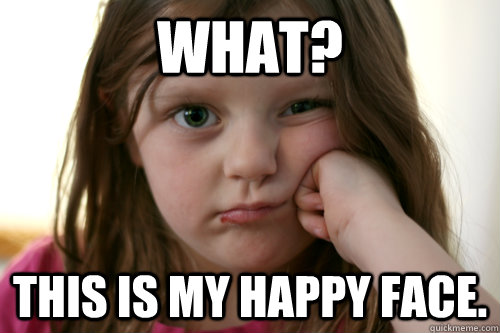 So my daughter started kindergarten this
week. When I asked her about her first day, she announced that it was good,
they didn’t get to go outside (because of rain), and that her teacher was
“really nice -- and likes me!”
So my daughter started kindergarten this
week. When I asked her about her first day, she announced that it was good,
they didn’t get to go outside (because of rain), and that her teacher was
“really nice -- and likes me!”
The power of a teacher is never more
apparent than it is the first week of school. Elementary students cross their
fingers that their teacher is “nice” since they spend so much time with the
same teacher. Middle and high school students compare schedules and trade
stories, rumors, suspicions, and giggles about the teacher names on their new
schedules.
It made me think about this
wonderful article I read recently about a former Hillsborough teacher who
recently passed away -- and who wrote his own obituary. http://www.tampabay.com/news/obituaries/teacher-curmudgeon-wrote-it-his-way/2242079
I never knew or met Mr. Joab. I
never even heard of him until I read the article in the Tampa Bay Times.
But I was struck by him,
particularly by the things he (and his former students) said about his class.
 Mr. Joseph M. Joab wrote that his “high
standards for the junior high and high school students he taught got him
labeled as the ‘meanest, evil-est, bad-est, nastiest’ teacher on campus.” His
self-written obituary notes that “Since the number of former students wishing
to ‘dance on his grave’ could create a traffic jam, there will be no graveside
service”.
Mr. Joseph M. Joab wrote that his “high
standards for the junior high and high school students he taught got him
labeled as the ‘meanest, evil-est, bad-est, nastiest’ teacher on campus.” His
self-written obituary notes that “Since the number of former students wishing
to ‘dance on his grave’ could create a traffic jam, there will be no graveside
service”.
But seriously. I’m a little
jealous of Mr. Joeb’s reputation! I tried, but I was never called the
“meanest teacher” for more than a class period or two. Sigh...
But as I think of Mr. Joab and
what he meant to his former students, I kind of wish my students called me
some of those names because I had made them work so hard.
 A former student said, of Mr.
Joab, “When I was his student, he was difficult, frustrating, and demanding. It
wasn’t until I was an adult that I realized he was difficult because he needed
to challenge me, frustrating because he wouldn’t let me be lazy”
A former student said, of Mr.
Joab, “When I was his student, he was difficult, frustrating, and demanding. It
wasn’t until I was an adult that I realized he was difficult because he needed
to challenge me, frustrating because he wouldn’t let me be lazy”
“He continued to keep pushing”,
another former student said, “his message being, ‘do it all the way, or don’t
do it at all.’”
It’s the first week of school. As
you get into the routines, learn the students, and make your reputation known,
you don’t have to be the “meanest, evil-est, bad-est, nastiest” teacher on your
campus (unless that’s already your thing. Hey, I don’t judge).
But be the teacher who drives his
or her students crazy -- because you CHALLENGE those students
 Be the teacher who makes your kids think and
work HARD. I hope you challenge kids. I hope when they see your name on their
schedules that they think, “Oh boy. I have Mr. or Ms. So-and-So. I am going to
have to WORK!”
Be the teacher who makes your kids think and
work HARD. I hope you challenge kids. I hope when they see your name on their
schedules that they think, “Oh boy. I have Mr. or Ms. So-and-So. I am going to
have to WORK!”
And then, keep that in mind as
the year progresses. You wear a million hats as a teacher -- you wear an
instructional hat, a relationship hat, a mentor hat, a team-member hat, etc.
Don’t forget to wear your CHALLENGER hat.
Make ‘em think. Make ‘em work.
Start now.
PS -- I hope you’re really not
the meanest teacher. I hope your students will someday write about you the way
Mr. Joab’s former kids wrote about him: “He liked to get the kids to think”.
I can’t think of a much better
legacy for a teacher.




